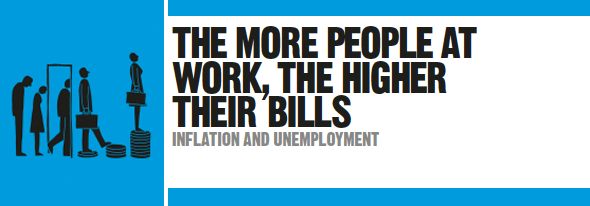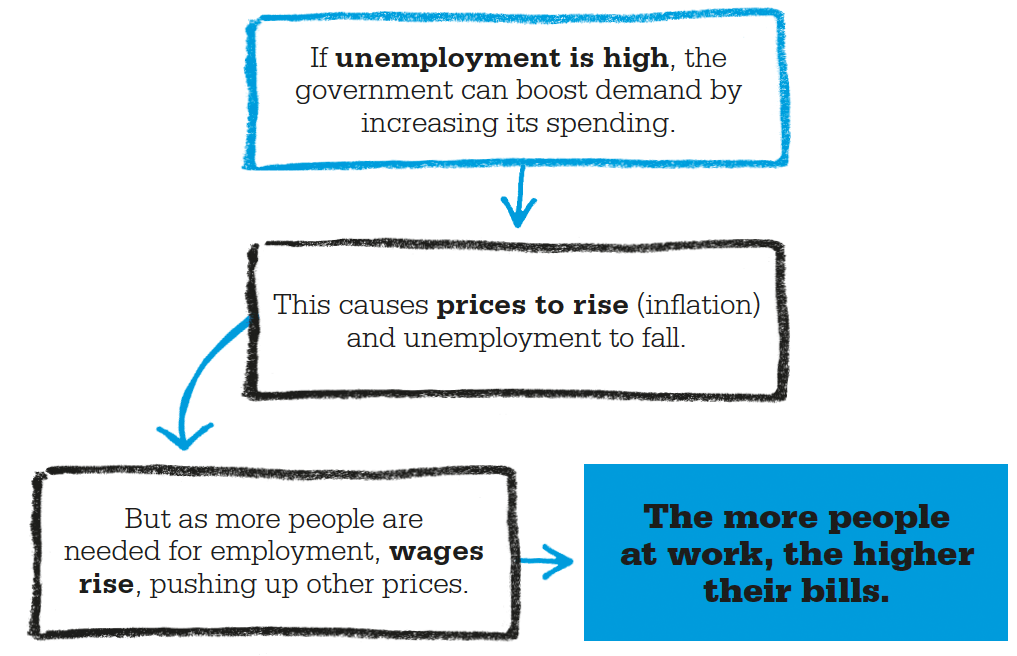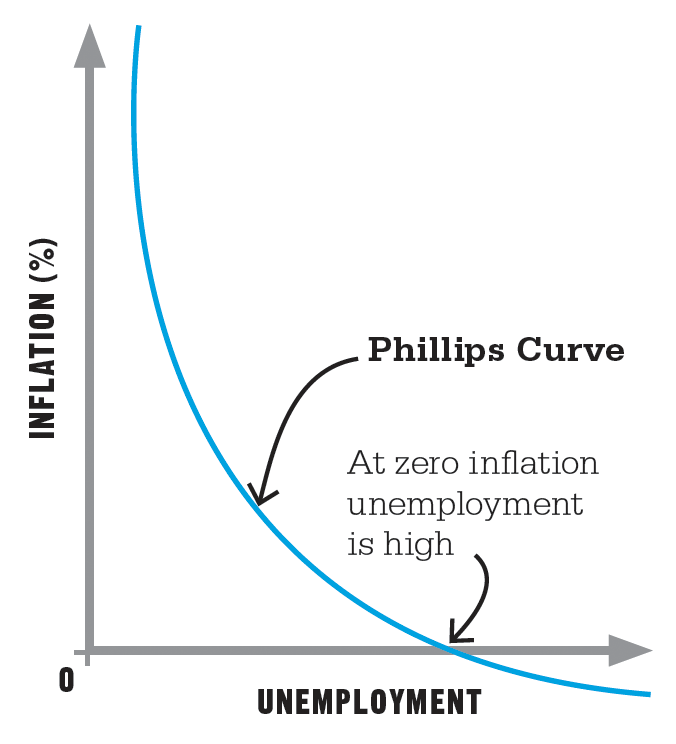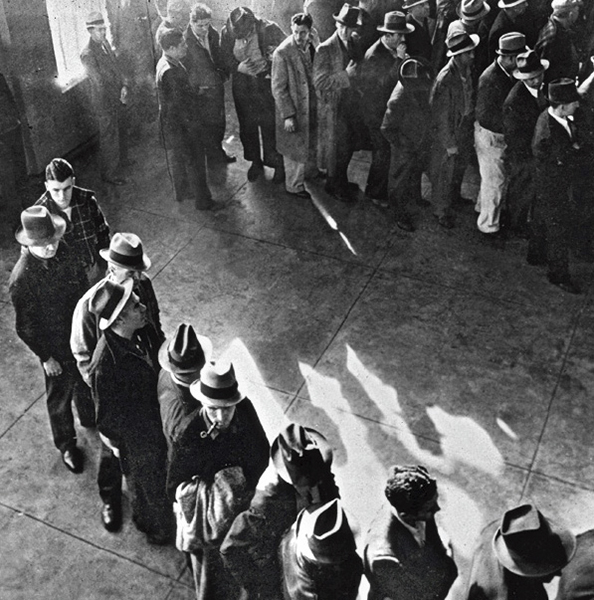

Economic policy
Bill Phillips (1914–75)
1936 John Maynard Keynes attempts to explain unemployment and recessions.
1937 British economist John Hicks turns Keynes’s insights into a mathematical model.
1968 Milton Friedman argues that the Phillips Curve should account for people’s expectations of inflation, and that there is a “natural” rate of unemployment.
1978 Economists Robert Lucas and Thomas Sargent attack the Phillips Curve.
From 1980s New Keynesian macroeconomics rehabilitates the possibility of stabilizing the macroeconomy (the whole economy).
For 30 years after World War II the world’s more developed economies enjoyed their longest ever period of growth. Unemployment was low, incomes rose, and economists thought they had overcome the crises of the 1930s.

This confidence stemmed from a belief in the power of government intervention to manage the economy, which was powerfully summarized in the Phillips Curve. In 1958, New Zealander Bill Phillips published The Relationship Between Unemployment and the Rate of Change of Money Wages, showing a link between wage inflation and unemployment in the UK from 1861–1957. Years of high inflation were years of low unemployment, and vice versa.
Later work showed similar, stable relationships for other developed countries. Governments realized that there was a trade-off between inflation and unemployment. They could pick their preferred point along the Phillips Curve, choosing either low unemployment and high inflation, or low inflation and high unemployment, and adjust their policies to suit. By increasing or reducing their spending, and tightening or slackening monetary policy (the money supply and interest rates), they could regulate aggregate demand (total spending) to fix the economy on the curve. The economy was treated like a giant machine. All major questions about the macroeconomy—the country’s whole economic system—could seemingly be reduced to technical fixes rather than battles over ideology.
The curve fit well with the Keynesian macroeconomics that was prevalent at the time. When unemployment was high, it was assumed that the dip in labor and product markets would drag wages and prices downward. Inflation would be low. When employment was high, additional demand in the economy—perhaps from government spending—did not increase output and employment, but pulled prices and wages upward. Inflation would rise. However, by the 1970s this stable relationship appeared to have collapsed. Unemployment and inflation rose together in a condition known as “stagflation.” US economist Milton Friedman explained it in a way that came to dominate macroeconomic theory. He said that as well as showing a relationship between actual prices and unemployment, the Phillips Curve needed to take account of expectations of inflation. People realized that when the government increased spending to boost the economy (and raise employment), inflation would surely follow. Consequently, any increase in government spending during periods of high unemployment was taken as a sign of impending inflation, and workers asked for wage increases before prices actually rose. In the long run, said Friedman, there is no trade-off between unemployment and inflation. The economy is fixed at a “natural rate” of unemployment. Government attempts to stabilize the economy had merely pushed up expectations of future inflation, and actual inflation had risen as a result.
Friedman’s challenge cleared the way for an assault on Keynesian macroeconomics, and governments turned to ways of improving the supply of capital and labor, rather than focusing their efforts on regulating demand.

The Phillips Curve shows the correlation between unemployment and the rate of inflation. As unemployment goes down, inflation goes up, and vice versa.

By 1931, unemployment in the US had reached nearly 23 percent, with a corresponding fall in prices. The government launched a program of public works to create jobs.
Born in New Zealand in 1914, Alban William Phillips moved to Australia in his early twenties, working for a time as a crocodile hunter. He traveled to China in 1937, fled when the Japanese invaded, and arrived in the UK in 1938 to study engineering. At the outbreak of World War II Phillips joined the RAF. Captured by the Japanese in 1942, he spent the rest of the war in a prison camp. In 1947, he took up sociology and enrolled at the London School of Economics, but switched to economics at the post-graduate level. He became a professor there in 1958. In 1967, he moved to Australia to teach but had a stroke two years later and retired to New Zealand.
1958 The Relationship Between Unemployment and the Rate of Change of Money Wages
1962 Employment, Inflation, and Growth: An Inaugural Lecture